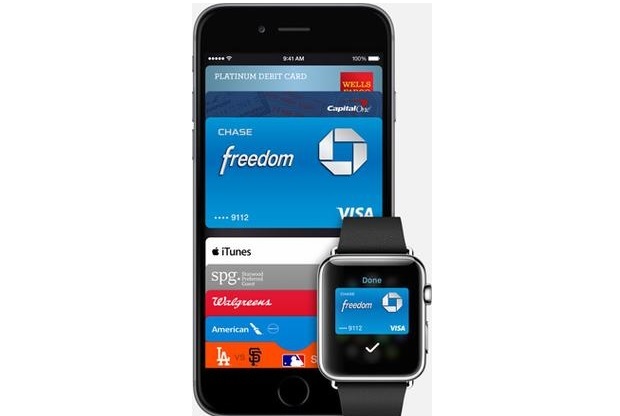For the first time cashless payments have become more popular than transactions using coins and notes in the UK, according to new data.
The report, from the Payments Council, indicates that during 2014, 48% of payments made by consumers, businesses and financial organisations were in cash, down from just over half – 52% – in 2013.
Debit cards accounted for 24% of payments, followed by direct debits which accounted for 10% of payments.
Cash was used in more than eight out of 10 purchases in pubs, clubs, and newsagents last year, but in fewer than three out of 10 in petrol stations.
Ten years ago, numerous payments of under £1 were made in telephone boxes and parking meters but those have dropped sharply.
The Payments Council said that this marked the first time that the number of non-cash payments has overtaken those made with cash, reflecting the growth in technology and the use of debit cards as a handy way to pay.
The growth of online shopping and the emergence of new payment methods such as mobile and contactless payments have challenged the dominance of cash in recent years.
However, cash remains the most popular payment method by volume, followed by the debit card, which accounted for 24% of all payments last year.
Despite the shift, cash remains the most popular way to pay among consumers, who used it for more than half (52%) of all their transactions in 2014. The current forecast is that this figure will drop below 50% next year (2016), but there is no prediction for cash to disappear.
This continued consumer reliance on cash is also reflected in figures available from LINK, the UK’s cash machine network, which show that the number of cash machines across the country grew last year – reaching a new peak of 69,382.
The Payments Council is predicting that among consumers alone, the majority of transactions will be cashless in 2016, partly because younger consumers say they are less reliant on cash.
However, cash will see a significant overhaul in the coming years, with a new 12-sided £1 coin entering circulation in 2017 and plastic £5 and £10 notes being introduced by the Bank of England in 2016 and 2017.
Bank of England chief cashier Victoria Cleland, whose signature is on new banknotes, said that cash had a long future.
“Since I started the job I am seeing a growing demand. I am seeing a 46% increase of notes in circulation. I think the proportion of cash transactions is coming down, but I’m still seeing a fairly stable value of cash transactions,” she told the BBC.
line
Proportion of cash payments by sector in 2014
· Petrol station: 24.5%
· Electrical goods: 33.8%
· Supermarkets: 43.8%
· Bookshops: 45.5%
· Travel and transport: 59%
· Charity: 65.9%
· Discount stores: 68%
· Convenience stores: 78.5%
· Pubs and clubs: 83.9%
· Newsagents: 84.8%
Source: Payments Council
Are mobiles and wearables the future of payments?
Commenting on the news, Ray Brash, MD and Chairman at PrePay Solutions – a leading European prepaid services company, said: “It’s really no surprise that cashless payments are gaining in popularity when you consider the benefits they offer. The payments industry has seen an enormous amount of innovation during the past five years, and it’s clear that consumers are enjoying the flexibility, reliability, security and convenience that this new generation of payment options provides.
“Contactless, in particular, has grown exponentially in several European countries and has now been integrated in the smartphone, for us, for example, with EE’s Cash on Tap. Even without contactless, the vast majority of smartphones can be used to make payments in some shape or form. As we see customers’ confidence in technology grow, their reliance on cash will reduce even further.
“The prepaid sector has been highlighting the benefits of cashless payments for years. The flexibility and security that these solutions provide make it easy to see why consumers are now consistently choosing cashless payments over cash. We expect the growth of this market to continue apace, as new payment methods and technology grow to maturity and become more integrated and accepted.”

